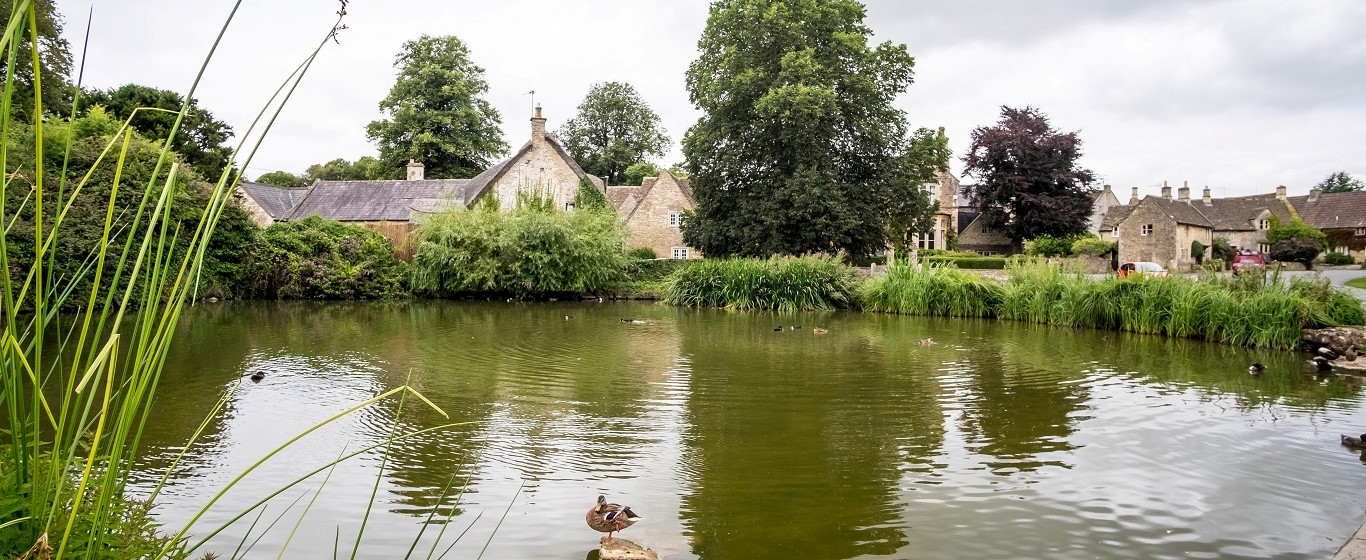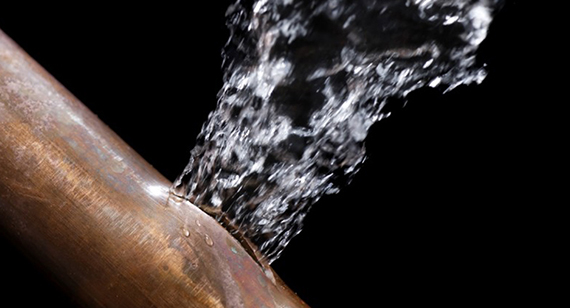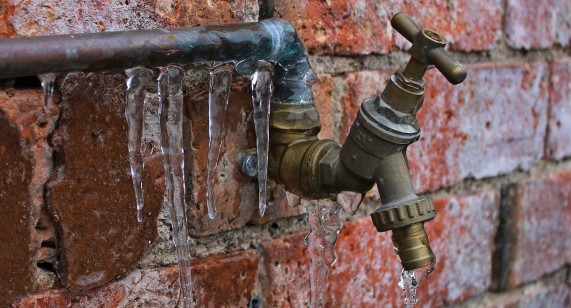Home Insurance
How can I protect my home from flooding?

As the UK climate changes so must our preparation for flood events
The UK climate is changing and bringing more extreme weather events to our shores, including flooding.
Whilst having the right home insurance in place can help with the financial cost of flooding, the emotional impact is more difficult to overcome.
However, you can give yourself some control over the risk of flood by investing in some flood protection for your home.
Resistance and Resilience
There are two categories that flood protection falls into and ideally buildings should be fitted with both.
Flood Resistance helps prevent water getting into buildings. Examples include:
- Removable barriers on doors and windows.
- Temporary seals for doors and air bricks.
- One-way valves on toilets and drainage pipes to decrease the risk of sewage backing up into a building during a flood.
- Pump and sump systems which drain water from below floor level faster than it rises.
Flood Resilience ensures minimal damage is done if water does get in. Examples include:
- Using ceramic or stone tiles instead of laminate or wood flooring.
- Raising electrical sockets to above 1.5m.
- Fitting stainless steel or solid wood kitchens instead of chipboard.
- Replacing wooden window frames with UPVC.
Useful tips to protect your home from flooding
- Special waterproof bags can be used to protect possessions from flood water. These can be large enough to take furniture or even your car. Failing that you could use waterproof plastic bags and elastic bands to cover chair and table legs which will help resist low level flooding.
- Place items that are likely to be easily damaged higher up in a room, or keep them upstairs. If you are able to, keep some spare bricks, blocks or wooden pallets handy to stand items on to keep them off the floor. Make sure you consider your own safety before trying to move any objects and avoid trying to lift very heavy items.
- It is also possible to get water sensors installed which detect rising water and would allow an early warning for you to get to your property and deploy your defences. Consider signing up to the Environment Agency’s Floodline warnings service. This is a free service providing warnings about flooding from rivers, the sea or groundwater, depending on your area.
What if the flood is deeper than 1 metre?
If the flood water on the outside of your property becomes deeper than 1m, it is recommended that the water is allowed to come into your home as this depth of water can create significant pressure on your outer walls, causing them to move and collapse and resulting in serious structural damage. At this point, or if water has already found its way in, flood resilience measures will come into effect.
Most importantly, your safety comes first. If conditions worsen, we strongly advise leaving your home to stay safe. We understand that concerns about leaving your property unattended can be difficult, but your well-being and the safety of your loved ones are what matter most.
Helping you to protect your home from flooding
For existing customers who've suffered a flood whilst insured by us, we include Flood Resilience as standard in our buildings insurance - to help protect against the consequences of it happening again.
Our Flood Resilience cover gives customers the option to install flood resilience measures as part of repairs that are made following a claim for damage caused by flooding.
After a claim with us, if the cost of repairs exceeds £10,000, excluding the cost of proposed flood resilience measures, we can offer up to £5,000 – provided we approve of the installation(s).
Repair options can include, but are not restricted to:
- the use of water resistant floor and wall materials
- resilient kitchen materials
- the raising of electrical wiring circuits and plugs
- one-way water valves to prevent flooding from the waste water system
- modified airbricks.



